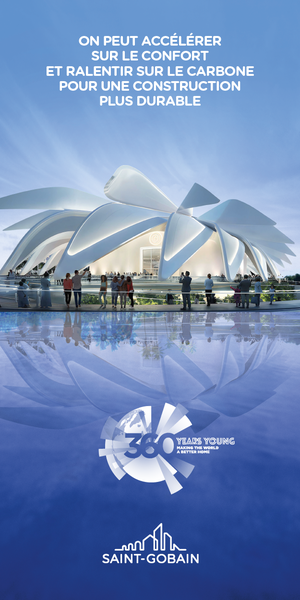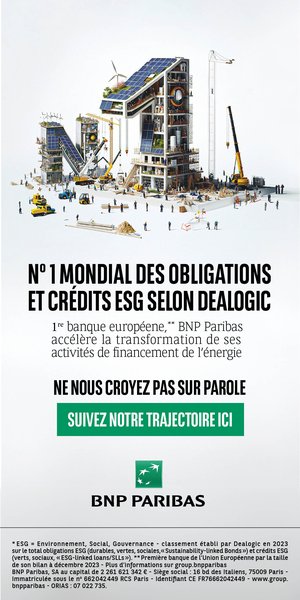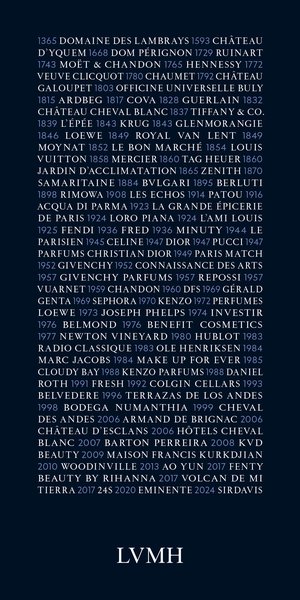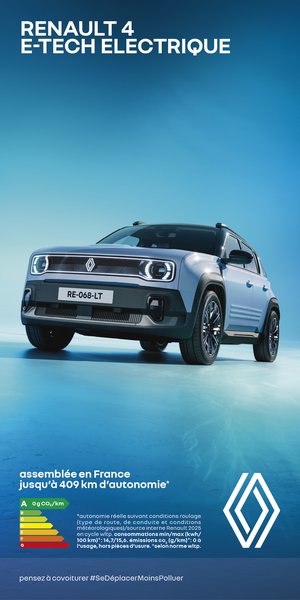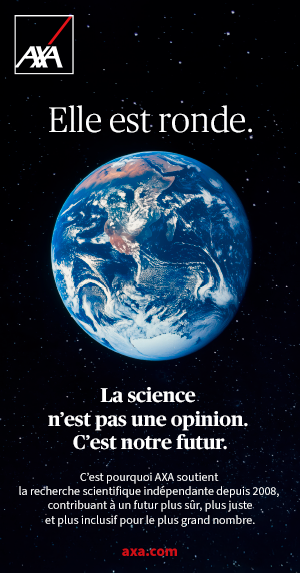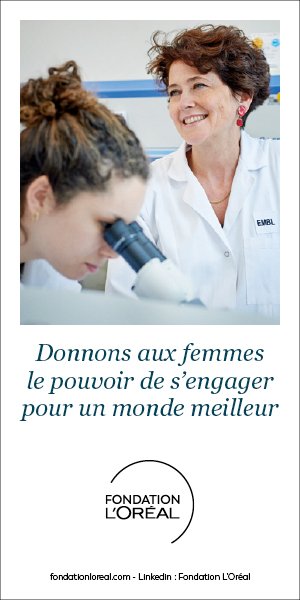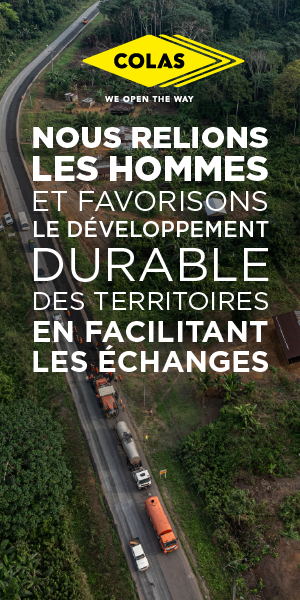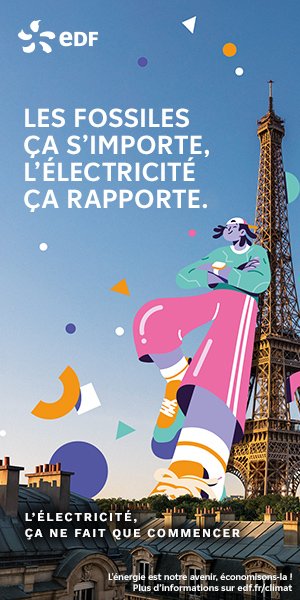Politique Internationale — When did the circular economy become a growth area for the automotive industry?
Yves Rannou — Recycling practices have always existed in the automotive industry. In the 1970s, an environmental movement led manufacturers to explore new solutions for recovering materials from end-of-life vehicles. Two decades later, the adoption of regulations such as the European directive on end-of-life vehicles forced industry players to reduce the amount of waste generated by vehicles. It was at this point that more structured recycling initiatives emerged.
Today’s cars contain a wide variety of recyclable materials, including steel, aluminum, plastics and even electronic components. Between 85% and 90% of a vehicle can be recycled. To reduce their impact, automakers are taking action at every stage of the vehicle’s life cycle by promoting the circular economy: less virgin materials used, more recycled materials and an increase in the re- use of automotive parts before their recycling in a closed loop, in order to reintegrate them into the production of new vehicles. This commitment is, I believe, driven by three underlying trends: the sector’s growing environmental ambitions; the economic need to reduce costs in a context of volatile raw materials prices; and the crucial challenge of securing supplies of strategic materials.
In Europe, with the adoption of the CAFE standard in 2025 (which lowers CO2 emission thresholds — editor’s note), the ban on the sale of new petrol and diesel vehicles from 2035 and the gradual switch to electric power are encouraging this transition. Legislation also provides for strengthening measures on the reuse of resources – plastics or rare metals. Although these implementation dates are currently under discussion, there is an unprecedented buzz around circularity in the automotive industry, but not just that; certain initiatives are now set to be rolled out on a large scale. Circularity is not just about recycling materials, it’s also about remanufacturing parts. By recovering and injecting used parts into a repair network for refurbishment in the workshop, their lifespan is extended. The role of a group like SUEZ is to make available all its expertise and innovative solutions in waste recycling and recovery to support the sector’s transformation towards greater circularity, and thus preserve our planet’s resources.
P. I. — Can you give us some concrete examples of recycling?
Y. R. — In concrete terms, 11 million vehicles reach the end of their life cycle every year in Europe. Since 2015, European targets have required 95% of their mass to be recovered. Indra, which specializes in automotive dismantling and recycling and is part of The Future Is NEUTRAL – of which we are a shareholder with Renault Group – is a concrete example of what we can do in automotive recycling. Since its creation, the Indra network has processed almost 9 million vehicles. By 2023, 400,000 end-of-life vehicles will have enabled the re-use and recycling of more than 440,000 tonnes of material. That’s a colossal amount! On a recent vehicle, metals – steel and aluminum in particular – represent 75% of the weight, and plastics around 15%. For these two categories of material, we have developed advanced recycling expertise. In the case of Indra, this corresponds to 295,000 tonnes of steel, 17,000 tonnes of aluminium, 4,250 tonnes of copper and 8,500 tonnes of plastic (polypropylene — editor’s note) every year.
P. I. — How are recycling operations carried out?
Y. R. — When a vehicle is considered “end-of-life”, it falls into the category of waste and must be treated in an approved center. At SUEZ, with our partners, we have developed advanced processes to recover as much material as possible and reintegrate it efficiently into the production of new vehicles. Treatment begins with depollution (removal of fluids, batteries, catalytic converters and particulate filters — editor’s note) and the dismantling of parts. Parts destined for re-use are set aside, as are those for recycling and energy recovery. Used parts are resold on the national market (automotive professionals or private individuals, editor’s note), notably via marketplaces. The carcasses are then crushed and sorted to separate ferrous and non-ferrous metals on the one hand, and plastics on the other. In keeping with the circular economy and industrial sovereignty, these secondary raw materials are then processed and reintroduced into the automotive production chain, reducing our dependence on virgin materials and imports. This approach is fully in line with the dynamic of “urban mining”, which makes it possible to exploit resources already present in the area rather than resorting to mineral extraction and transport.
This virtuous model also relies on strategic partnerships between recycling firms, automakers and public authorities. Thanks to these synergies, we are developing innovative technologies that optimize the recovery of end-of-life vehicles and strengthen the sector’s resilience in the face of tensions over raw materials. By reinventing automotive waste management, we are contributing to the transition towards a more sustainable, circular and sovereign mobility.
P. I. — Are current automotive regulations, against the backdrop of the climate change emergency, helping to accelerate recycling?
Y. R. — There’s no denying it. The European Union (EU) is a powerful driving force with strong ambitions in terms of recycling and circularity. European regulations impose strict obligations to recycle the materials contained in motor vehicles and their batteries, and to incorporate recycled content into their production. These regulations are profoundly transforming the automotive industry, creating a strategic need for automakers to integrate more recycled materials and accelerate the development of closed loops within the sector. For example, the EU is aiming to impose the incorporation of recycled materials, notably 25% recycled plastic, in the production of new vehicles from 2030. A quarter of this recycled plastic will have to be recycled in a closed loop from end-of-life vehicles, contributing to a cycle of re-use within the sector. With regard to batteries, the EU will impose a 50% lithium recovery target from battery waste between now and the end of 2027 and 80% by the end of 2031. Finally, mandatory minimum levels of recycled content for batteries have also been set: 16% for cobalt, 85% for lead, 6% for lithium and 6% for nickel. An increase in these thresholds is scheduled for 2036.
All these measures contribute to the transition towards a circular economy and strengthen European industrial sovereignty by reducing dependence on virgin raw materials and lowering the automotive industry’s carbon footprint. To meet these objectives, the entire automotive industry needs to transform, innovate and find appropriate solutions. Finally, although necessary, regulatory targets are not sufficient to guarantee results. The contribution of public authorities does not stop there. The creation of the circular economy means discussing “how” we achieve these objectives – while ensuring that recycled material remains competitive. This can only be achieved by ensuring that all stakeholders (public sector, legislators, customers, suppliers — editor’s note) are working towards the same goal.
P. I. — Do recycling issues take on a special dimension with electric cars?
Y. R. — The automotive industry is undergoing one of the most profound changes since its inception: the switch to electric vehicles. This new propulsion technology puts additional pressure on raw materials supplies, making recycling a crucial issue in a global context of limited and increasingly coveted resources. Much is said about lithium, cobalt and nickel, which are essential for electric batteries, but the same applies to other metals such as steel, copper and aluminum. These metals are not available in sufficient quantities in Europe. We are dependent on imports, against a backdrop of increasing tension over the supply of raw materials – both in terms of quantity and price. Managing the end-of-life of batteries is becoming a strategic challenge for the entire automotive industry.
Recycling batteries and reintegrating materials into production will not only reduce this dependence, but also strengthen the sector’s industrial sovereignty and environmental contribution.
P. I. — Battery recycling in particular: what plans does a group like SUEZ have for expanding in this segment?
Y. R. — Electric cars are one of the solutions for decarbonizing mobility in Europe, and we at SUEZ are convinced that the recycling of electric batteries is a major challenge for the sector, with great long-term potential. Today, the number of batteries and electric vehicles reaching the end of their life remains limited, which means that the battery recycling market in Europe is still in the structuring phase. However, we anticipate a very strong and rapid transition of this market, encouraged by the automotive industry’s growing commitment to decarbonization, and by the various regulations that are accelerating the arrival of new electric vehicles: it is estimated that there will be between 300,000 and 400,000 tonnes of batteries to recycle in Europe in 2030, and between 2 million and 3 million tonnes by 2040.
At the same time, automakers are facing major recycling challenges – such as targets for the incorporation of recycled rare metals, which require the development of appropriate, high- performance industrial solutions. At SUEZ, we intend to play a major role in this transition. We are convinced of the potential of this market and are actively working to develop closed loops for battery recycling in Europe. Our expertise enables us to support players in the automotive industry in this transformation by promoting circular and sustainable management of critical resources.
P. I. — Does this new automotive paradigm – the rise of electric mobility – have any impact on the development, modification and optimization of recycling circuits?
Y. R. — The main issue is access to materials. Indeed, all the excitement surrounding the electric vehicle is stimulating and transforming recycling circuits, particularly for batteries and the metals they contain, as well as for plastics. To be effective, however, the recycling sector must also meet a number of constraints: materials must be homogeneous and in sufficient quantity. If we take the example of copper, there are only a few kilos per car, which makes massification crucial in order to reach a critical quantity for viable recycling. This means increasing material recovery in dismantling centers, developing collection and sorting capacities, and strengthening synergies between recycling and automotive industry players to promote the reintegration of materials. In this new paradigm, recycling is no longer an option, but an essential strategic link in the long-term competitiveness of the automotive industry.
P. I. — Let’s get back to this company, The Future Is NEUTRAL, in which SUEZ has acquired a 20% stake. What is the rationale behind this transaction?
Y. R. — SUEZ’s acquisition of a 20% stake alongside Renault Group in The Future Is NEUTRAL, with a joint contribution of 140 million euros, is part of a pooling of additional skills to support NEUTRAL’s ambitions. Our aim is simple: to shape the future of the European automotive industry today, towards greater circularity and less dependence on virgin raw materials. Today, NEUTRAL is the first company able to offer solutions adapted to every stage of a vehicle’s life cycle: from recycled materials to fuel the production of new cars, to the collection and recovery of end-of-life cars, to repair solutions and the re-use of parts to extend the life of cars on the road. We’re at the start of a pioneering adventure, the first of its kind in the automotive industry, which is both meaningful and has a positive impact on the planet.
SUEZ generates around 10% of its sales in the automotive industry, making it a strategic business. As such, we are very active in the sector’s ecological transition, and are working to ensure its strategic autonomy on the European continent in terms of metal and mineral supplies.
It seemed obvious to us to write the next chapter in this sector with Renault Group, our long-standing partner. We have a shared vision and ambition for NEUTRAL: to make it the European champion of circularity at the service of all players in this value chain – automakers, subcontractors and partners.
P. I. — With Renault Group’s support, will you be able to develop this business further?
Y. R. — The automotive sector is undergoing such radical change that the partnership approach that already prevails in other industries is now becoming the norm. At Renault Group, we believe it’s essential to surround ourselves with the best, and to create virtuous ecosystems where each player contributes its cutting-edge expertise and know-how. Renault Group’s experience in eco-design and electric propulsion technology don’t have to be proved. Nor does its position as market leader in France and Europe!
SUEZ’s unrivalled know-how in component recovery, materials recycling, and even before that, in the collection and massification of resources, is highly complementary. We have mastered cutting-edge technologies in sorting, shredding and separating materials. Our experience in cable and electronic waste recycling plants enables us to offer high-performance solutions for the recycling of electric batteries, extracting precious materials such as lithium, nickel and cobalt.
In addition, our privileged access to recycling channels – steelmakers, smelters, chemists – is a strategic asset in guaranteeing the efficiency and competitiveness of the circular economy model. SUEZ has technical expertise with PlastLab, its R&D center dedicated to plastics in the Paris region, and offers digital solutions for material traceability, that is applied to the “battery passport” and the tracking of cables from their removal to their transformation into copper shot. With NEUTRAL, we’re working alongside Renault Group to make circularity a reality – starting today. Our vision is “from car to car”, a model in which scrap metals and end-of-life vehicles are recycled and transformed into high-quality secondary raw materials, which are fed directly back into the production of new vehicles. It seems to us that the future of the automobile depends on it.
P. I. — Beyond NEUTRAL, what are the links between Renault Group and SUEZ? Will you be working more closely together in circular economy businesses? In what areas in particular?
Y. R. — Renault Group and SUEZ have a long history! The links between our two groups are strong and long-standing. Before NEUTRAL, there was already – Boone Comenor Metalimpex (in which Renault held a 33% stake – editor’s note) – and Indra, our joint venture owned 50-50 by our two groups. We also have a number of contracts underway, notably in Morocco, where SUEZ Maroc has been entrusted, for the fourth time in a row, with the treatment and recovery of waste from Renault Group’s two plants in the country. Our aim is to further strengthen our cooperation and establish ourselves as two key players in the circular automobile sector. We have, for example, already identified a number of possible projects to be developed together. We want to maximize synergies on our platforms and with our existing activities, develop more recycling and reincorporation solutions for raw materials, and work hand in hand on automotive eco-design. All in all, it’s a wonderful adventure that continues, in the service of a competitive, sustainable and resilient automotive industry!
